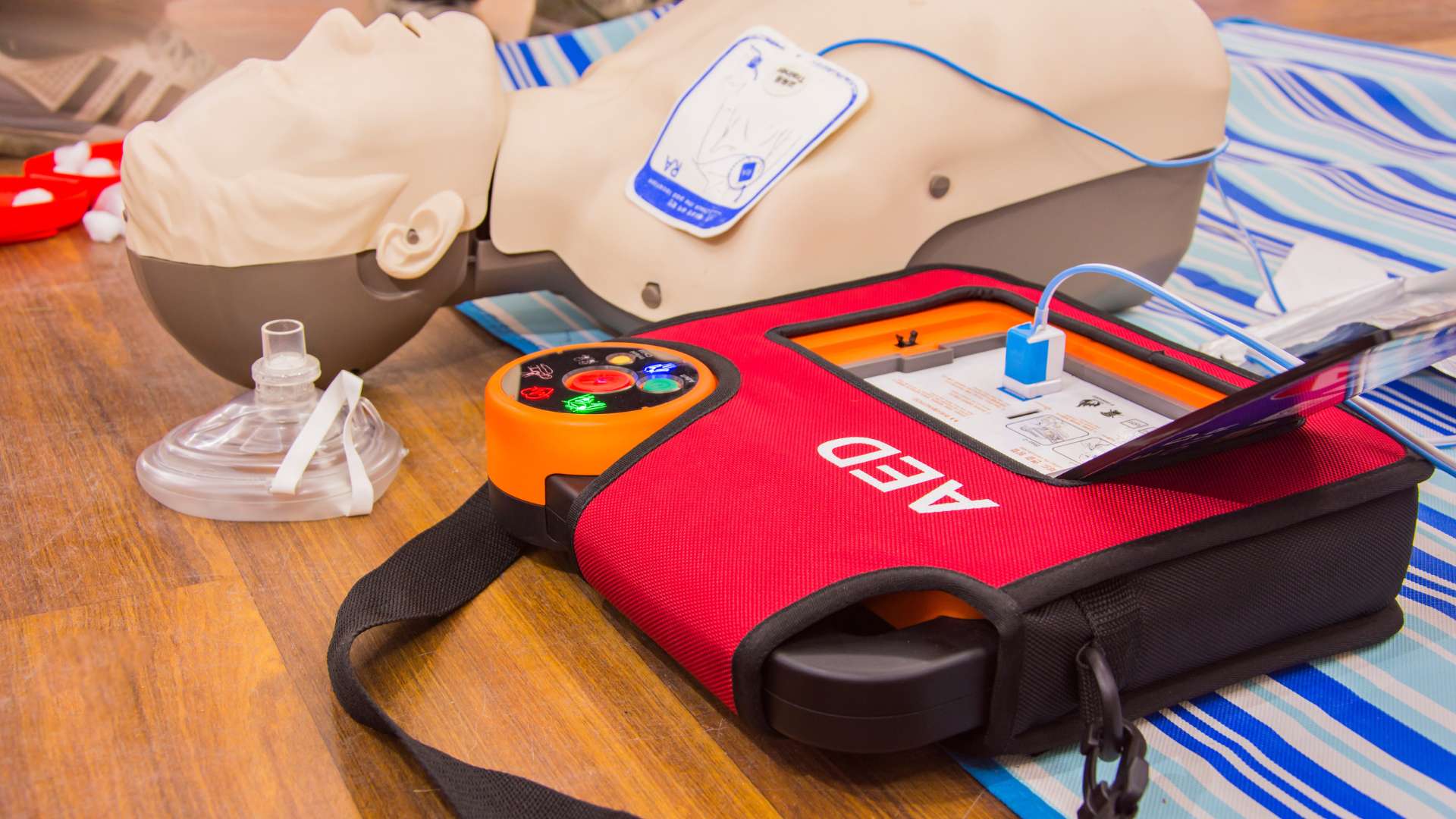Respiratory illnesses encompass a wide range of health conditions that affect the respiratory system, which includes the lungs, airways, and associated structures. These illnesses can range from mild, such as the common cold, to severe, like chronic obstructive pulmonary disease (COPD) or lung cancer. Occupational respiratory infections specifically refer to those caused or exacerbated by workplace conditions and exposures.
Causes of Occupational Respiratory Illnesses
Occupational Environments: Certain work environments can expose employees to airborne contaminants, leading to respiratory problems. Dust, fumes, gases, and particulate matter are common culprits, with industries like construction, manufacturing, agriculture, and healthcare being particularly at risk.
Substances: Exposure to hazardous substances such as asbestos, silica, allergens, or toxic chemicals can lead to respiratory illnesses. For example, prolonged exposure to asbestos fibers can result in conditions like asbestosis and mesothelioma.
Tasks and Activities: Specific job tasks, especially those involving heavy physical labor, prolonged periods of exertion, or frequent exposure to irritants, can contribute to respiratory issues. Welders, miners, and agricultural workers may face elevated risks.
Preventing Occupational Respiratory Illnesses through Training
Proper training is an indispensable tool in prevention. Comprehensive training programs can educate employees on recognizing potential hazards, correctly using personal protective equipment (PPE), and adopting safe work practices. Moreover, workers can learn how to identify early symptoms of respiratory problems and seek medical attention promptly.
By investing in thorough training, employers protect their workforce and enhance workplace safety, reduce absenteeism, and lower healthcare costs associated with respiratory illnesses.
Frequently Asked Questions about Respiratory Illnesses
What are the common symptoms of occupational respiratory illnesses?
Common symptoms include coughing, shortness of breath, wheezing, chest pain, and persistent respiratory infections. These symptoms may vary depending on the specific respiratory illness.
How can employers reduce the risk of occupational respiratory illnesses?
Employers can reduce the risk by implementing proper ventilation systems, providing appropriate PPE, conducting regular workplace assessments, and offering comprehensive employee training on respiratory health and safety.
How can Occupational Health Services help businesses?
Occupational Health Services offers tailored solutions, including workplace assessments, employee training programs, and respiratory health evaluations, to ensure your workforce is protected from respiratory hazards.
Choose Occupational Health Services
At Occupational Health Services, we are committed to promoting respiratory health and safety in the workplace. Our dedicated team offers various services to prevent occupational respiratory illnesses, including respiratory protection programs, hazard assessments, and employee training.
Learn more about our services and resources, then contact us today to request an appointment. Together, we can create a safer and healthier workplace for your employees. Your workforce’s respiratory health is our priority.

























































